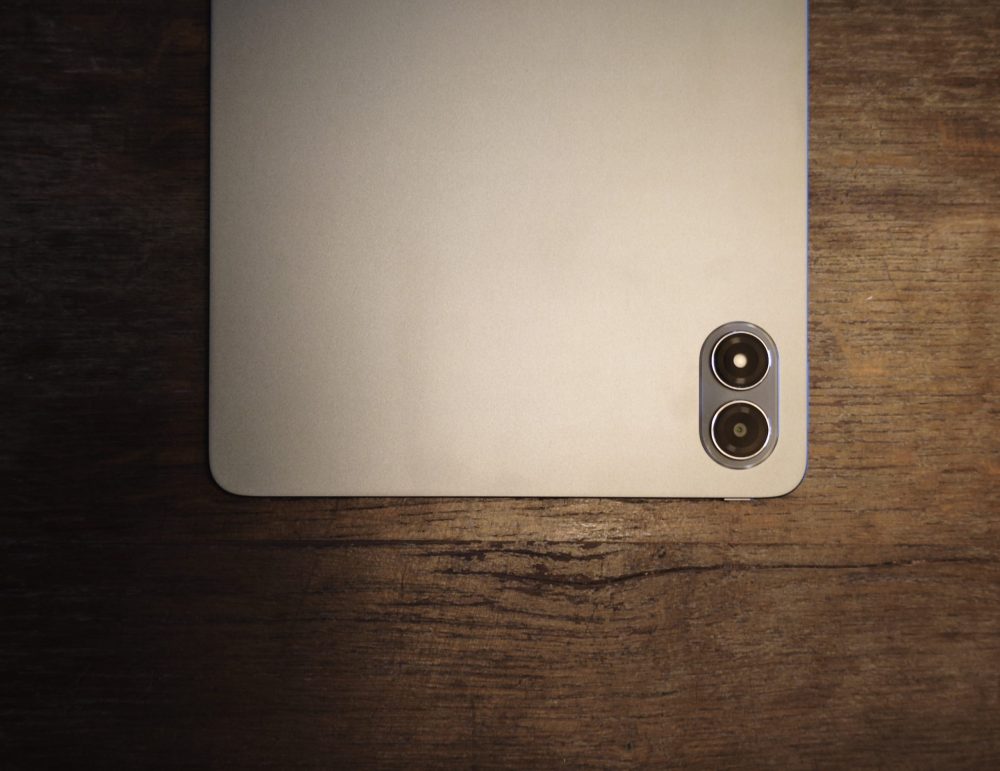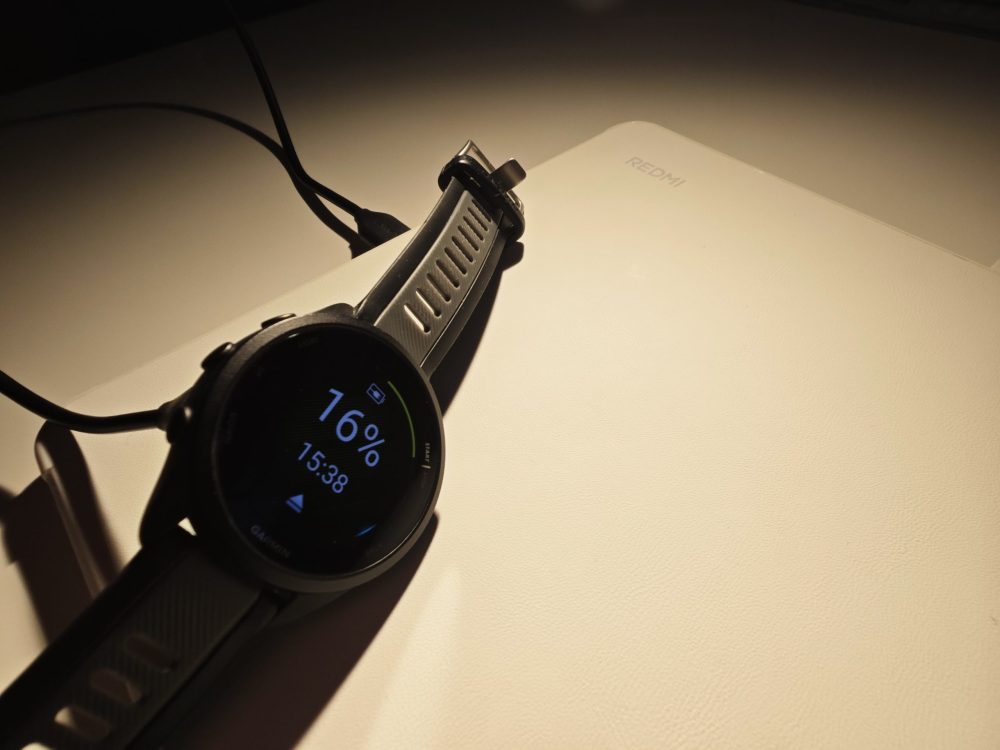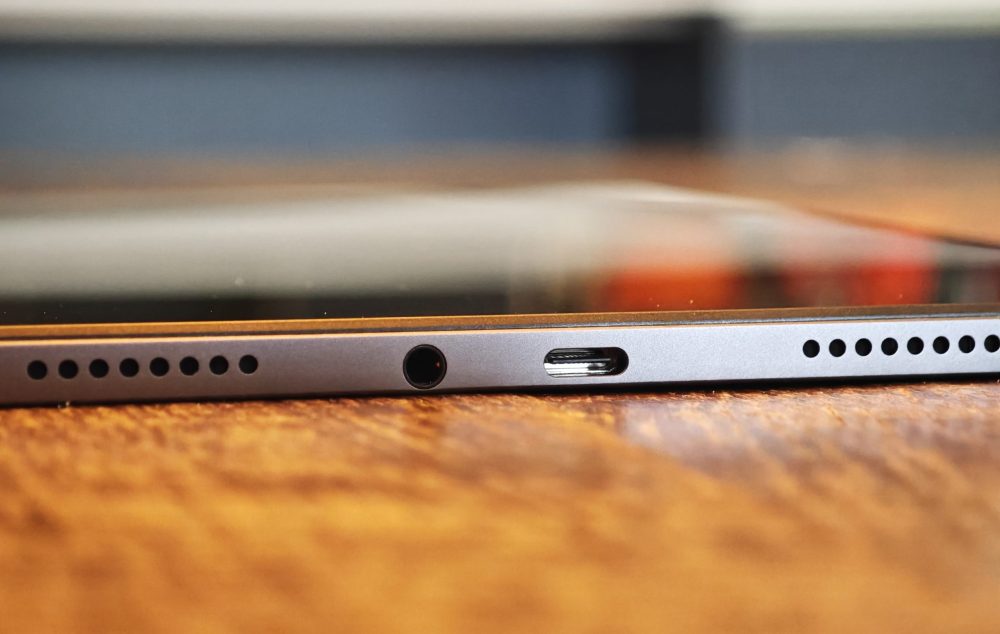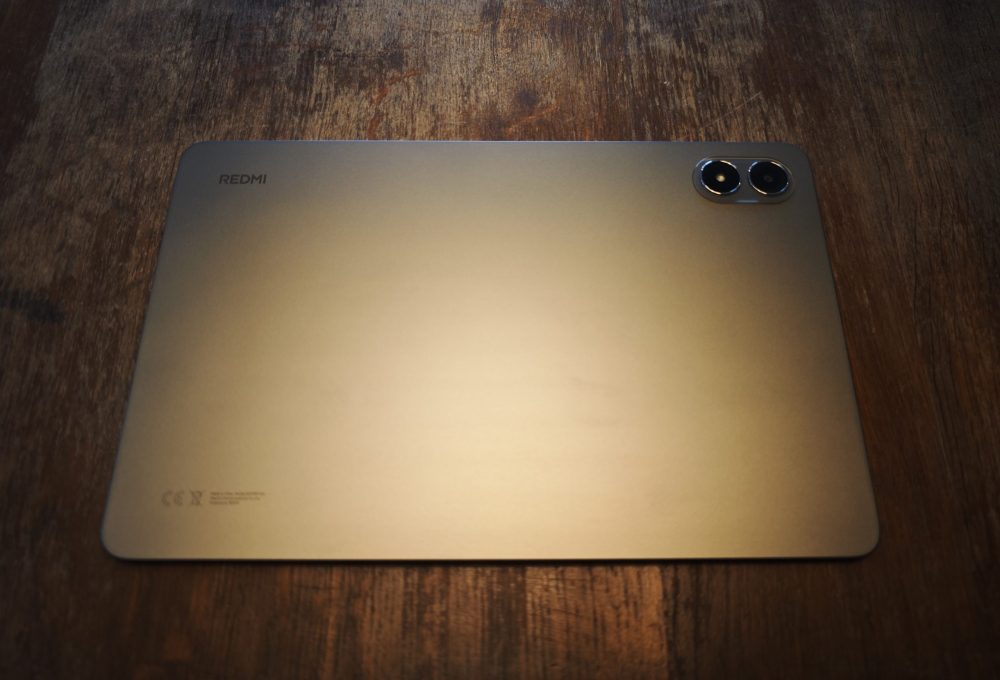TL;DR
The Redmi Pad 2 Pro surprisingly costs the same as the 4G model but offers significant upgrades: a larger, brighter 12.1-inch 2.5K 120Hz display, a massive 12,000 mAh battery with 33W fast charging and 27W reverse charging, and a newer Snapdragon 7s Gen 4 chip for much better performance. It also boasts enhanced audio with Dolby Atmos, LDAC, and a welcome 3.5mm headphone jack. The only trade-off? It lacks 4G cellular connectivity, which the 4G model has. Despite minor fingerprint magnet tendencies and no fingerprint sensor, its premium build, strong hardware, and thoughtful features like a memory card slot make it a compelling budget tablet. Curious about how the Pro version stacks up and if it truly fixes the performance issues of the base model? Dive into the full review to find out!
Our recent review of the Redmi Pad 2 4G highlighted its strengths in several areas, yet noted a significant limitation in performance. Consequently, with the introduction of the Xiaomi Redmi Pad 2 Pro, we aimed to determine if this Pro iteration addresses the shortcomings identified in the base model and justifies any potential price premium.
Before proceeding, we can confirm a surprising lack of price differentiation: the Redmi Pad 2 Pro is priced identically to the 4G version. This parity prompted us to investigate the distinctions between the two models, seeking to understand Xiaomi’s strategy in offering similarly priced tablets. Logically, for the Redmi Pad 2 4G to remain relevant, it must offer distinct advantages, implying certain compromises in the Redmi Pad 2 Pro.

(Photo: senses.se)
First Impression – Xiaomi Redmi Pad 2 Pro
Mirroring the Redmi Pad 2 4G, the unibody design of the Pro model conveys a distinctly premium aesthetic. It offers a reassuring weight and an overall elegant finish. Despite its robust build, the Redmi Pad 2 Pro maintains a nimble profile when compared to devices like the OnePlus Pad 3 , which, while featuring a slightly larger display, incorporates an equivalent battery capacity. The tablet’s surface is prone to fingerprints, though not to an extent that necessitates constant cleaning. More importantly, it feels remarkably durable. The rear camera and flash module exhibit minimal protrusion, ensuring stable placement on flat surfaces without a protective case.
Consistent with the Redmi Pad 2 4G, a fingerprint reader is absent, leaving PIN, facial recognition, or password as the primary authentication methods. Users accustomed to tablets with physical home buttons, such as iPads, might initially find themselves missing a tactile login option, preferring its readily identifiable location over navigating edge-mounted controls. This, however, is likely a matter of user adaptation.

(Photo: senses.se)
Hardware
The device is powered by a substantial 12,000 mAh battery, supporting 33W fast charging. Notably, it also offers wired reverse charging at up to 27W, a commendable feature considering many contemporary smartphones are limited to 20W. Its 12.1-inch display features 2.5K HD resolution, 600 nits brightness, wet touch technology, and a 120 Hz refresh rate. These specifications, alongside its premium feel, contribute to a compelling hardware profile.
In terms of audio, the Redmi Pad 2 Pro features four speakers (delivering a commendable -24.3 LUFS loudness) with Dolby Atmos support. It further enhances the audio experience with LDAC for Bluetooth 5.4 connectivity and, notably, a 3.5 mm headphone jack – a welcome inclusion. This port supports up to 24bit/192Khz audio, allowing users with high-fidelity headphones, such as the Beyerdynamic DT 1990 Pro Mk II, to enjoy a superior listening experience. Additionally, the USB-C port can be utilized for headphones lacking a 3.5 mm jack, like the Bowers & Wilkins Px8 S2.

(Photo: senses.se)
Consistent with the Redmi Pad 2, the cameras on the Pro model are functional, primarily serving purposes such as video conferencing and QR code scanning. While the Redmi Pad 2 Pro features an 8 MP front camera, an increase of 3 MP over the Redmi Pad 2 4G, it’s crucial to contextualize this. Flagship devices like the Xiaomi 15 Ultra boast sophisticated camera arrays, including three 50 MP sensors and a 200 MP sensor with Leica lenses. This stark contrast clearly indicates that advanced photographic capabilities are not a primary design focus for these tablets.
To summarize, the Redmi Pad 2 Pro offers several enhancements over the Redmi Pad 2 4G, including a larger display with a higher refresh rate, a more substantial battery, faster charging capabilities, a newer Bluetooth version, more robust speakers, and wired reverse charging.
Has the Pro version managed to address what was missing?
The primary criticism leveled against the Redmi Pad 2 4G revolved around its hardware performance falling short. While theoretical benchmarks will be discussed, initial impressions suggest the Pro version delivers significantly improved performance. Graphically, it capably handles multitasking, and for gaming, it can run most titles effectively, provided users avoid consistently demanding the highest graphical settings. Pushing it to its limits can introduce some choppiness, serving as the sole indicator of its budget-friendly positioning. This limitation only truly manifests when the tablet is subjected to the most demanding graphical loads, aligning with its approximate 3,000 SEK price point.
Regarding processing power, the Pro version features a Qualcomm SM7635-AC Snapdragon 7s Gen 4 (4 nm) chipset, which demonstrably outperforms the Redmi Pad 2 4G’s MediaTek Helio G100 across most metrics. An interesting, somewhat uncommon inclusion is a memory card slot. This is likely a design carryover from the Redmi Pad 2 Pro 5G, which accommodates both a SIM card and a memory card, though this specific model lacks the 5G chipset. This leads us to the sole advantage of the Redmi Pad 2 4G over its Pro counterpart: 4G cellular capability. Users are thus presented with a choice: a device with marginally inferior specifications but 4G connectivity, or a significantly upgraded experience without it.

(Photo: senses.se)
Conclusion – Xiaomi Redmi Pad 2 Pro
In conclusion, the Redmi Pad 2 Pro delivers a highly satisfactory user experience. Its robust build quality, tactile feel, and comprehensive hardware suite, particularly its impressive battery capacity, position it as a compelling option in its segment. Its competitive pricing effectively mitigates minor shortcomings, while it commendably includes increasingly rare features such as a 3.5 mm audio jack and a memory card slot. Although the display may not offer class-leading brightness, it proves entirely adequate for outdoor visibility and public transport environments, leaving little room for significant critique.
Ultimately, this tablet stands out as an excellent solution for a wide range of applications, offered at a highly competitive price point. Furthermore, a robust ecosystem of accessories, including keyboards and Xiaomi’s Focus pen, significantly enhances its versatility and overall utility.
Xiaomi supplied the review samples for this evaluation. It is our policy that material providers have no editorial influence on our testing process; our reviews are always conducted independently, with the interests of our readers and consumers as our primary focus.

